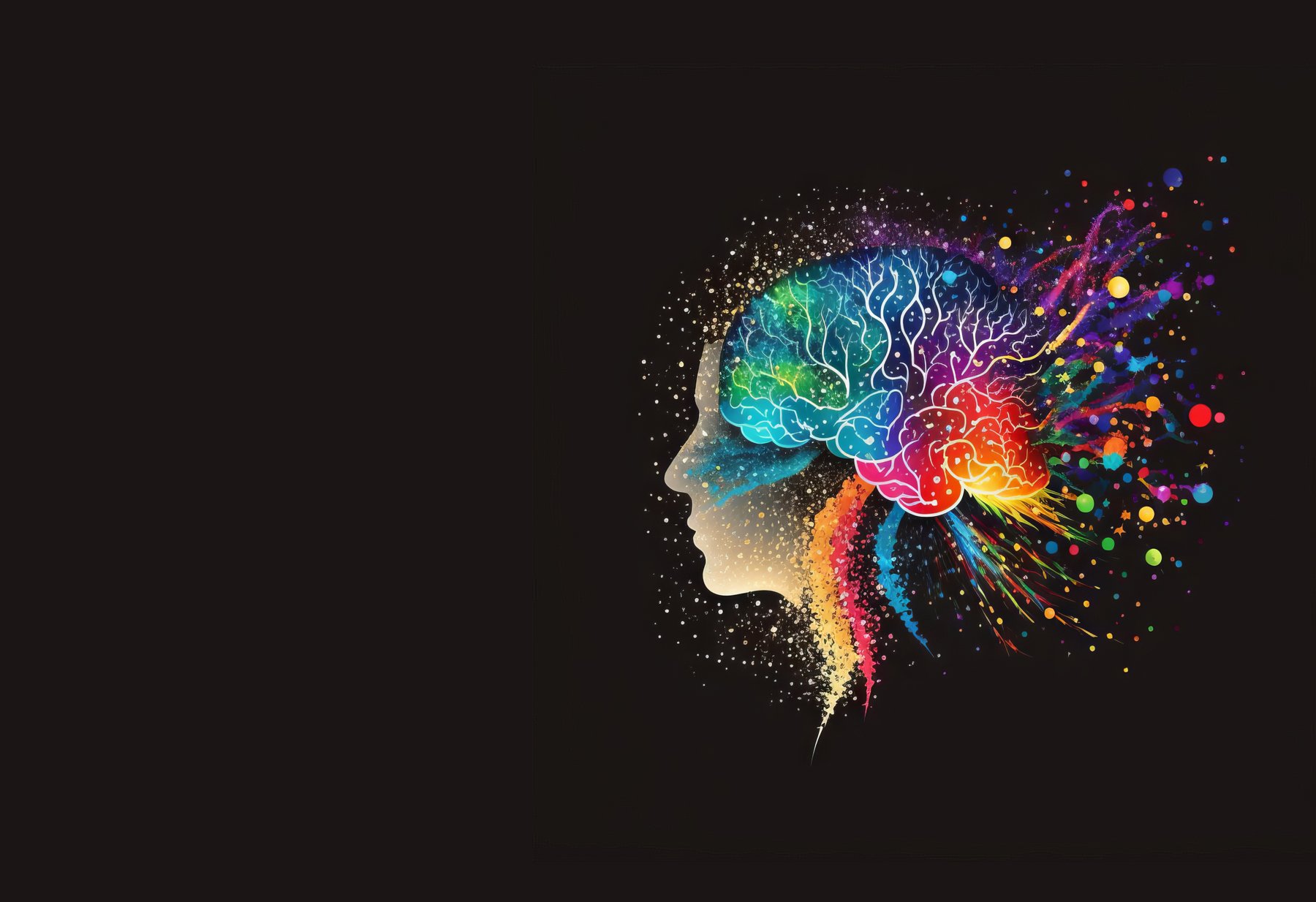The Introduction
Anxiety is a prevalent issue among children, and its causes include illness, injury, and medical procedures. It is critical to acknowledge and attend to suffering in children in order to promote their overall welfare and enhance their quality of life. Nevertheless, the manner in which children manifest pain may differ from that of adults, thereby posing a difficulty in its accurate identification and efficient management. The objective of this article is to offer guidance on the identification of pain symptoms in children, the comprehension of its effects on their physical and emotional well-being, and the provision of suitable treatment and support.
Comprehending Pediatric Pain:
A complex and multifaceted experience, pain in children is impacted by social, psychological, and developmental factors. Pain may be communicated by infants and young children through sobbing, fussiness, and behavioral changes; older children may employ verbal expressions to articulate their distress. Nevertheless, the subjective nature of children’s pain experiences can be attributed to various factors, including temperament, cultural heritage, and prior encounters with pain. Caregivers and healthcare providers must accurately evaluate and interpret pain indicators in children in order to implement the most suitable intervention and management strategies.
Manifestations and Causes of Pain in Children:
A variety of factors, including injury, illness, surgery, and medical procedures, can induce pain in children. Acute discomfort in children can arise from various sources, such as dental problems, musculoskeletal injuries, migraines, and abdominal pain. The manifestation of pain symptoms in children can differ in accordance with the specific etiology, age, and developmental phase of the child. Physical manifestations may consist of sobbing, grimacing, protective guarding of the afflicted region, alterations in appetite or sleep patterns, and reduced levels of activity. Furthermore, children may encounter emotional and behavioral transformations, including but not limited to irritability, withdrawal, and mood swings, alongside physical symptoms.
The Effects of Pain on the Physical and Emotional Health of Children:
Neglected pain in children can result in severe physical and psychological repercussions. Children may be unable to participate in school, engage in daily activities, or interact with peers if they are distressed by chronic pain. Ill-managed chronic pain conditions, including but not limited to migraines, juvenile arthritis, and sickle cell disease, have the potential to adversely affect the quality of life of children and may even result in permanent disability. Moreover, children may experience emotional distress, anxiety, and depression as a result of untreated pain, which can have adverse effects on their social and emotional development. It is essential to identify and treat pain in children in order to prevent these adverse effects and promote their well-being as a whole.
Evaluation and Diagnosis of Pediatric Pain:
A comprehensive and multidimensional approach is necessary when evaluating pain in children, taking into account factors such as the child’s age, stage of development, and communication capabilities. Pain assessment instruments that have been validated, including the Wong-Baker FACES Pain Rating Scale and the Faces Pain Scale-Revised (FPS-R), can assist minors in effectively communicating the intensity of their pain. In addition to behavioral indicators and contextual factors, caregivers and healthcare providers should take into account observational measures and contextual factors when evaluating pain in children, particularly those who are non-verbal or preverbal. Diagnostic assessments, which may consist of a physical examination, medical history review, and diagnostic tests, may be required to determine the root cause of pain and direct the most suitable course of treatment.
Approaches to the Treatment of Pain in Children:
The management of pain in minors is contingent upon the specific etiology, intensity, and duration of the discomfort. In children experiencing acute pain, non-pharmacological interventions, including comfort measures, distraction techniques, and relaxation exercises, have the potential to induce relaxation and offer immediate relief. Pharmacological interventions encompass both opioid and non-opioid analgesics (e.g., morphine, oxycodone), as well as acetaminophen, ibuprofen, and morphine, which are employed to alleviate pain subsequent to medical procedures or moderate to severe pain. Nevertheless, the utilization of opioids in minors necessitates a meticulous evaluation of the advantages and disadvantages owing to the possibility of detrimental consequences and harm associated with opioids.
Psychosocial Assistance and Adaptive Mechanisms:
Coping mechanisms and psychosocial support are critical elements in the management of pain in children. Offering children emotional support, reassurance, and validation regarding their suffering experiences may contribute to the mitigation of distress and anxiety. Through the use of cognitive-behavioral interventions, including cognitive restructuring, guided imagery, and relaxation techniques, children can learn coping mechanisms to manage pain and lessen its impact on daily life. By educating children about pain and its management and involving them in the pain management process, treatment outcomes can be improved and children’s coping abilities can be strengthened.
Management over the Long Term and Follow-Up Care:
Sustained pain management in children may necessitate continuous assessment, modification of therapeutic approaches, and cooperation across multiple disciplines. Physical therapy, occupational therapy, psychological intervention, and other forms of supportive services may be advantageous in specialized pain management programs designed for children with chronic pain conditions. Consistent follow-up consultations with healthcare providers are critical in order to evaluate the efficacy of treatments, address any developments in symptoms, and offer continuous guidance and support to children and their families. Enabling children and families to take an active role in the management of their suffering can foster resilience and self-efficacy, ultimately resulting in enhanced quality of life and improved outcomes.
In closing,
It is critical to acknowledge and attend to suffering in children in order to enhance their overall physical, emotional, and social welfare. Effective pain management and assessment require a comprehensive understanding of the etiology, manifestations, and life-altering consequences of pain in children. Healthcare providers can enhance the quality of life for children and effectively manage pain by implementing a comprehensive strategy that incorporates pharmacological and non-pharmacological interventions, psychosocial support, and long-term follow-up care. By promoting the needs of children with pain and delivering empathetic, scientifically supported care, we can guarantee that every child receives the necessary assistance and treatment to flourish.




